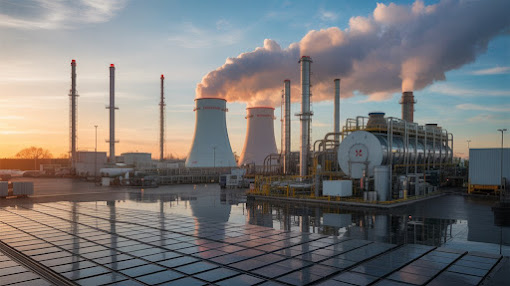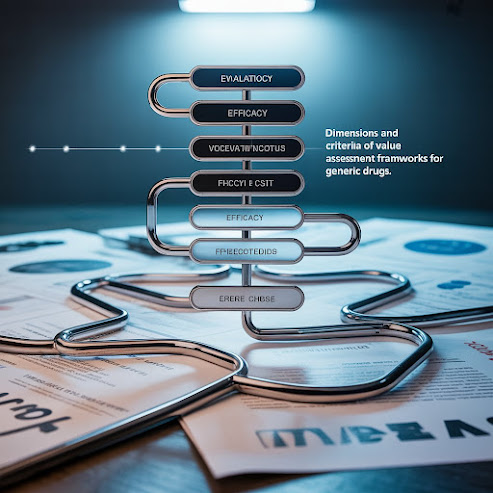Interpretable Machine Learning #sciencefather #phenomenological #machine
🔍 Understanding the Role of Metal Oxide Support in Ruthenium-Based Catalysts for Ammonia Synthesis via Interpretable Machine Learning 🤖⚗️
But here’s the catch: the catalytic performance of ruthenium doesn’t solely depend on the metal itself—it heavily relies on the metal oxide support 🧱. This raises a fundamental question for researchers: What role do these supports play, and how can we optimize them for better performance?
Thanks to advancements in interpretable machine learning (ML) 🧠💻, we now have powerful tools to uncover complex relationships between catalyst properties and performance—without the opacity of black-box models. This combination of materials science + AI is reshaping how we approach catalyst design in a smarter, data-driven way.
🧱 Why Metal Oxide Supports Matter
In ruthenium-based catalysis, the support material does far more than just hold the metal particles in place. It affects several critical factors:
-
Dispersion of Ru nanoparticles 🔬
-
Electron donation/withdrawal behavior ⚡
-
Interaction with reaction intermediates 🧲
-
Creation of oxygen vacancies 🕳️
-
Thermal stability and durability 🔥
Common supports like MgO, Al₂O₃, TiO₂, and CeO₂ each interact differently with Ru. For example, basic supports like MgO can enhance ammonia synthesis by donating electrons to Ru, boosting nitrogen activation—a rate-limiting step in the Haber–Bosch process 🧪.
🧠 The Power of Interpretable Machine Learning
Traditional experimentation is time-consuming and costly. Enter interpretable ML, a branch of artificial intelligence that doesn’t just make predictions—it explains them 🔎. Tools like SHAP (SHapley Additive exPlanations) and LIME (Local Interpretable Model-Agnostic Explanations) allow us to visualize which properties of a support contribute most to catalytic activity.
Instead of trial-and-error, researchers can now identify:
✅ Which physicochemical features (surface area, band gap, electronegativity) impact Ru performance
✅ How non-linear relationships influence reaction rate and stability
✅ Which supports are worth synthesizing or combining for synergy
One breakthrough insight: high catalytic performance often correlates with supports having moderate electron-donating capability and suitable oxygen vacancy concentration—a sweet spot 🧁 that ML models help define with precision.
🔄 From Data to Design: Smarter Catalyst Engineering
Using ML models trained on experimental and theoretical datasets, scientists can screen hundreds of potential support materials in silico, dramatically reducing the time to discovery ⏱️. This is especially useful when dealing with multi-objective optimization—balancing activity, selectivity, and stability.
Case studies show that Ru/TiO₂ and Ru/CeO₂ catalysts can be further enhanced by doping or surface modification. ML-guided approaches even suggest novel combinations and hybrid supports that would be nearly impossible to guess intuitively.
This fusion of chemistry, physics, and computer science is unlocking a new era in catalysis research, where interpretable models guide rational design, not just prediction.
🌍 Toward Sustainable and Scalable Ammonia Production
With growing interest in green ammonia powered by renewable energy sources ⚡🌿, the demand for efficient, low-temperature, and low-pressure catalysts is rising. Ru-based catalysts, when paired with the right support, offer that possibility.
The integration of interpretable ML ensures that the road to next-gen catalysts is not just faster—but also more transparent, replicable, and scalable. No longer do researchers have to choose between performance and understanding—they can have both.
🧪 Final Thoughts
The intersection of metal oxide support chemistry and explainable AI is a game-changer for ammonia synthesis catalysis. For researchers, this means more insightful experiments, smarter resource allocation, and a clearer path to innovation 🔬💡.
#CatalysisResearch #AmmoniaSynthesis #RutheniumCatalyst #MachineLearningInChemistry #ExplainableAI #MetalOxideSupport #SustainableCatalysts #HaberBoschInnovation #SHAP #MaterialsScience #GreenChemistry #DataDrivenDiscovery #MLinCatalysis #InterpretableML #RuCatalysts
#Phenomenology#ResearchAwards#
Twitter: https://x.com/compose/post
Instagram: https://www.instagram.com/
Pinterest: https://in.pinterest.com/
Blogger: https://phenomenological21.




Comments
Post a Comment